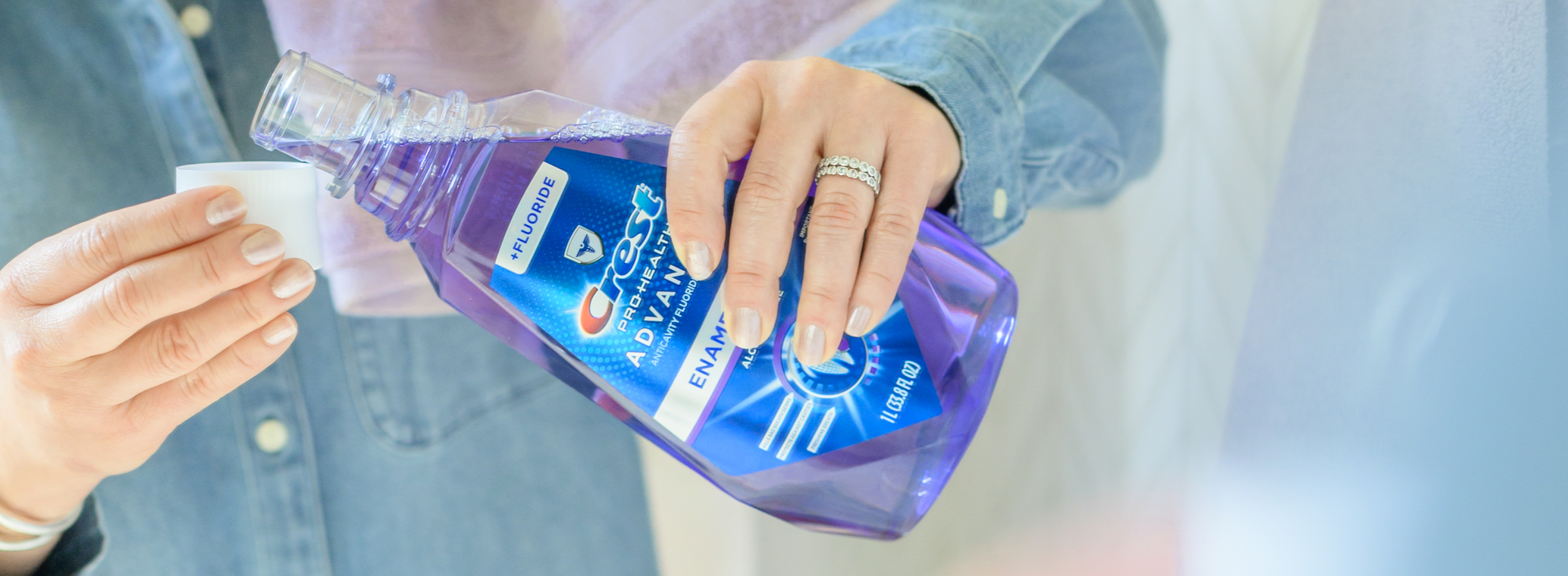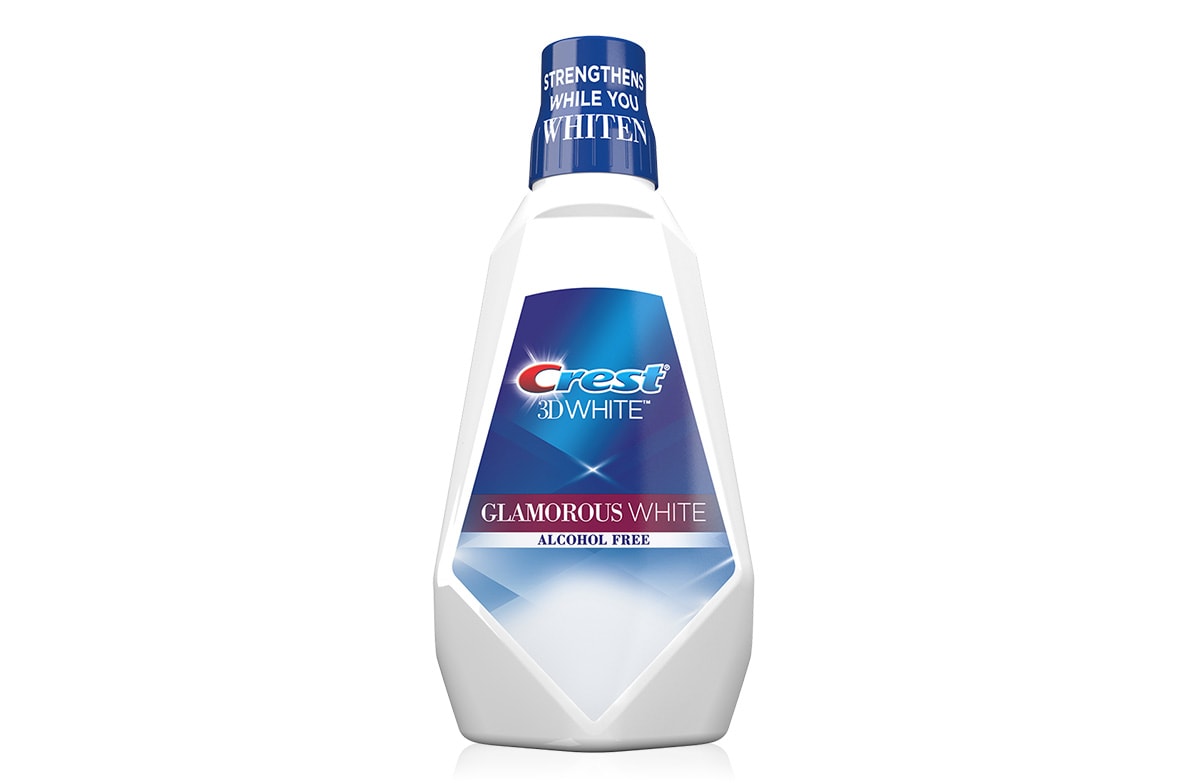ORAL-HYGIENE
Difference Between Non-Fluoride and Fluoride Mouthwash
 Non-Fluoride Mouthwash vs. Fluoride Mouthwash
Fluoride in Drinking Water
Non-Fluoride Mouthwash vs. Fluoride Mouthwash
Fluoride in Drinking Water
One of the keys things you'll need to know when considering whether to make a non-fluoride mouthwash or a fluoride mouthwash part of your oral care routine is understanding the differences between the two.
Non-Fluoride Mouthwash Vs. Fluoride Mouthwash
- Non-Fluoride Mouthwash: Mouthwashes are not a replacement for a regular routine of twice-daily tooth brushing and daily flossing, although they can help wash away excess food particles in your mouth. A standard over-the-counter mouthwash contains breath-freshening ingredients such as mint flavoring, but it doesn’t contain fluoride unless the label says so. If you’d like to add a mouthwash to your oral care routine, it’s important to be aware of just what a mouthwash. Some freshen breath, others provide an anti-cavity benefit, while others contain germ-killing ingredients to help prevent plaque buildup.
- Fluoride Mouthwash: A fluoride mouthwash doesn't remove plaque, it works by protecting your tooth from acids produced by the bacterial plaque, and it is not a substitute for brushing and flossing. The fluoride in a fluoride rinse incorporates into the enamel coating of your teeth, and it can help protect against cavities in people who are susceptible. Even though a proper amount of fluoride is important for adults, it can be especially crucial for children. Fluoride helps prevent and reverse early stages of tooth decay by strengthening tooth enamel and allowing teeth damaged by acid from plaque to re-mineralize themselves.
Remember, a mouthwash or a fluoride mouth rinse should be used after you finish your tooth brushing and flossing routine. Also, keep in mind that mouthwashes or mouth rinses are not recommended for children younger than 6 years old, because kids that age may be inclined to swallow the rinses rather than spit them out.
Fluoride in Drinking Water
In 1945, communities started adding fluoride to their
water and, as a result, cavities in children dramatically decreased. As of
2002, the Centers for Disease Control and Prevention found that about 66% of
the American population receives fluoridated tap water in their homes. Check
with your dental professional to see if your local water supply contains
adequate levels of fluoride (between 0.7 and 1.2 parts fluoride per million
parts of water). In areas without fluoride in the water or in households
where non-fluoridated water is the primary beverage, your dentist may
recommend daily fluoride supplements.
One alternative to fresh water minus the bottle is filtering your tap water.
Using a filtering system with tap water provides cleaner, better-tasting
water without filtering out important cavity-fighting fluoride.
Sources:
- http://kidshealth.org/en/parents/fluoride-water.html
- http://www.bottledwater.org
- https://www.medpagetoday.com/Pediatrics/GeneralPediatrics/26880
Discover More
 Difference
Between Non-Fluoride and Fluoride Mouthwash
Difference
Between Non-Fluoride and Fluoride Mouthwash


.png)
